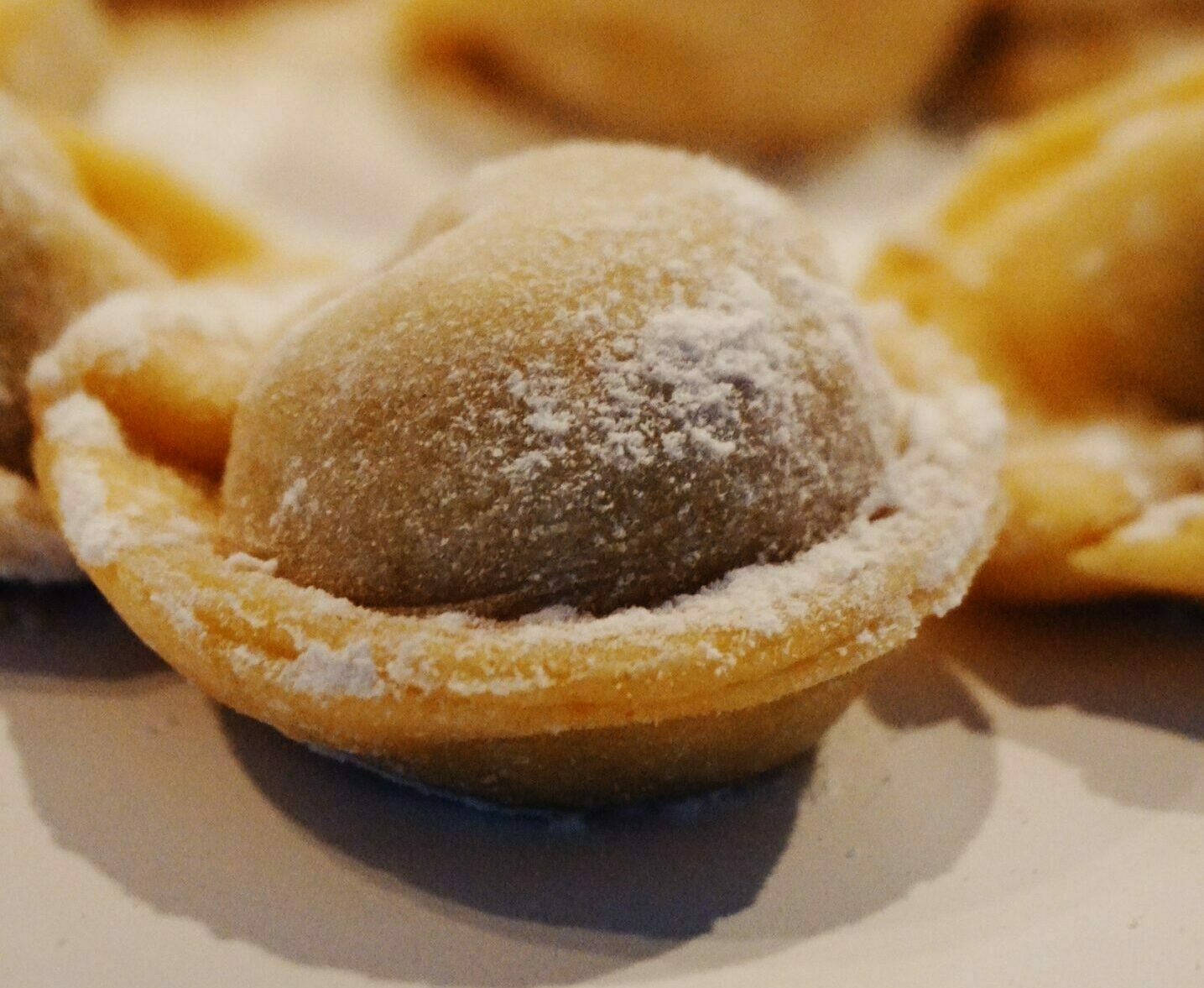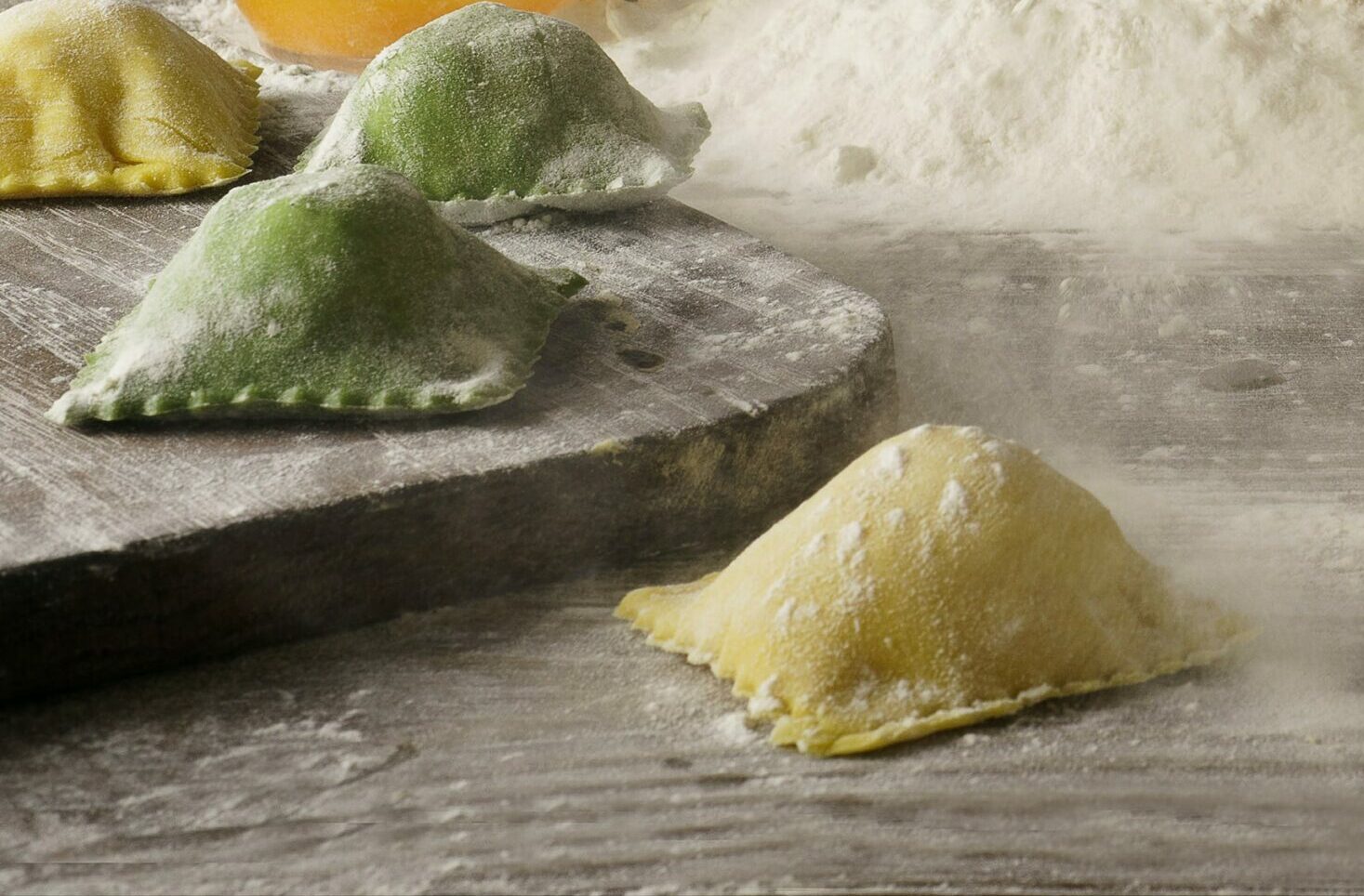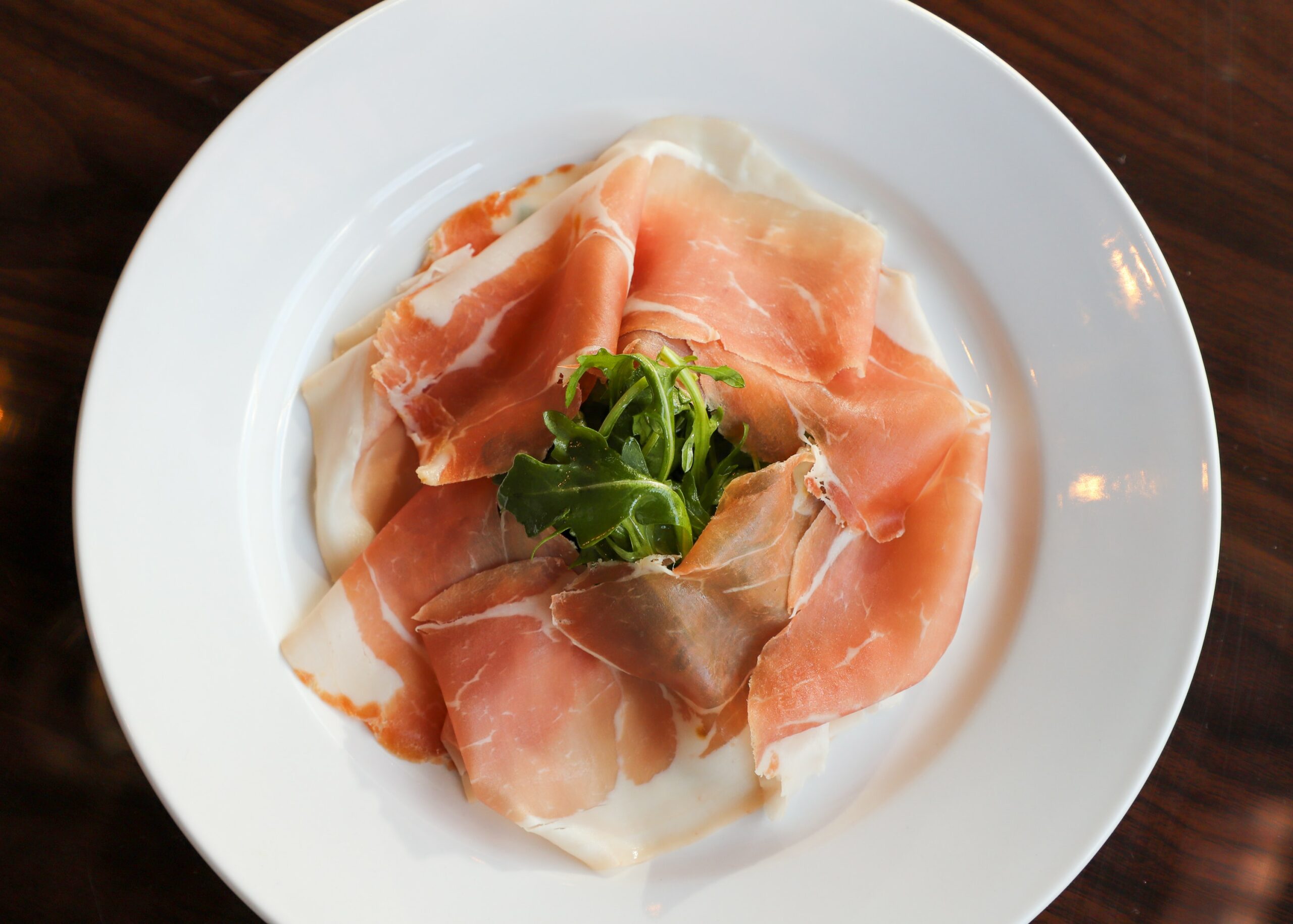Parma
What to eat
Parma is famous for its cuisine rich in authentic flavors and gastronomic delicacies. A cuisine with unique flavors characterized by a strong tradition, there is in fact a special attention to raw materials. The typical dishes are all an explosion of flavor, from homemade pastas to desserts, each dish offers a memorable experience. To immerse yourself in this cuisine is to take a journey to the heart of Italy and celebrate the tradition of good food. Parma has been recognized as Unesco City for gastronomy.
ANOLINI

Anolini are one of the most famous dishes in Parma’s culinary tradition.The term “anolino” comes from the Latin word “anulus,” meaning ring. It is a stuffed pasta born in the 12th century that accompanied the meals of kings and popes. The preparation of this special dish requires time and mastery, as the pasta must be rolled out thin and cut to small sizes. Prepared with meat soup, anolini represent the true traditional dish that is passed on from generation to generation.
TORTA FRITTA

Torta fritta is not a dessert as its name suggests but a traditional savory Parma dish. Called “crescentina,” “chisa” or “gnocco fritto” in other provinces, it is a leavened pasta, with a few ingredients such as water, yeast and flour. Thin and puffy, it is fried until crispy and golden. The dish considered a “poor dish” has a very old tradition, today it is accompanied by sliced meats, cheeses and cold cuts. This combination creates an irresistible union of flavors that allows you to discover the culinary authenticity of Parma.
PROSCIUTTO CRUDO DI PARMA

Prosciutto Crudo di Parma, famous worldwide for its goodness, is one of the most appreciated gastronomic treasures. Its origin is closely linked to the territory since the production area is located 5 km south of the Via Emilia and extends to an altitude of 900 meters, bordered by the Enza and Stirone rivers. Prepared with a few simple ingredients, only salt is used in addition to pork. The real secret is the slow and natural curing process that makes the taste sweet, delicate and pleasantly salty.

